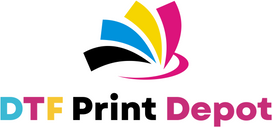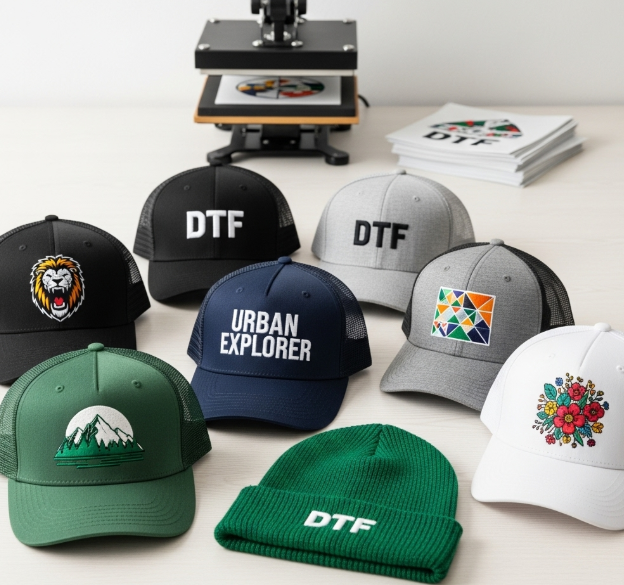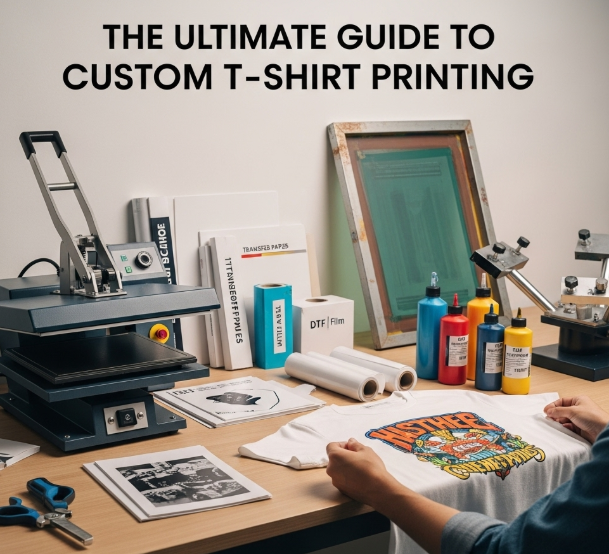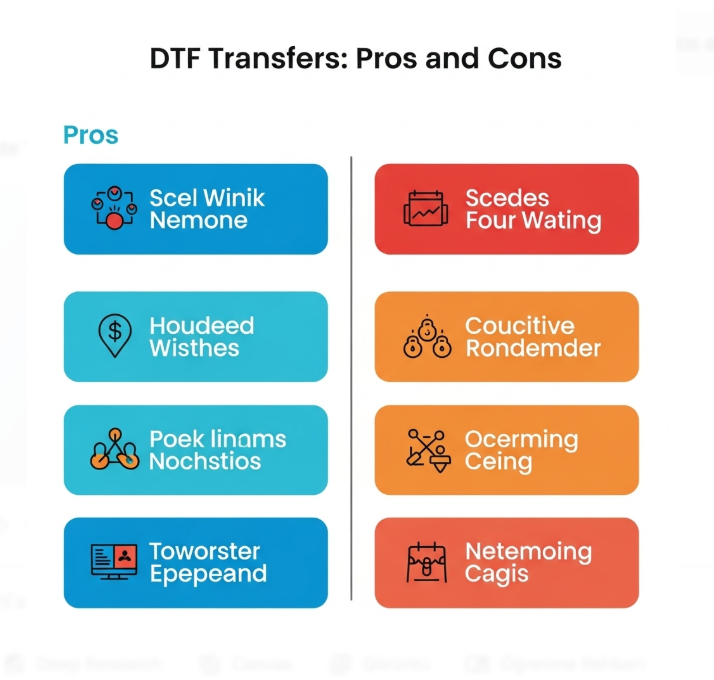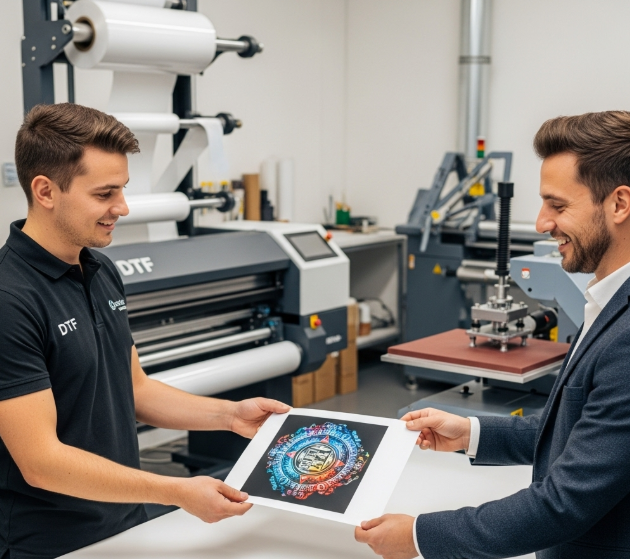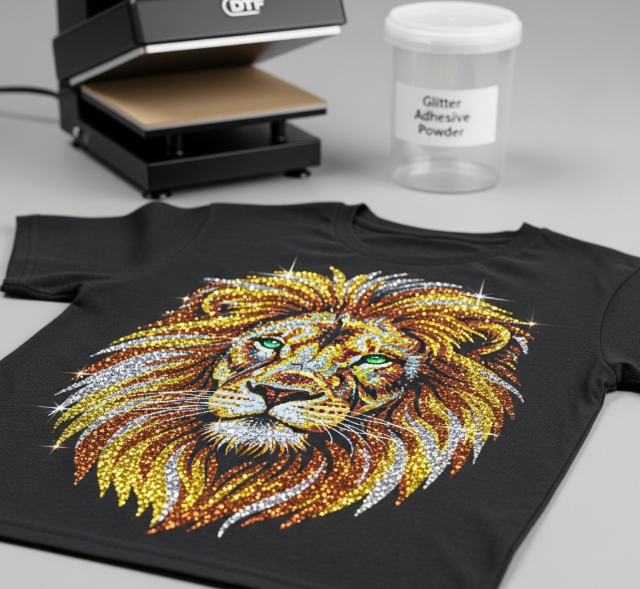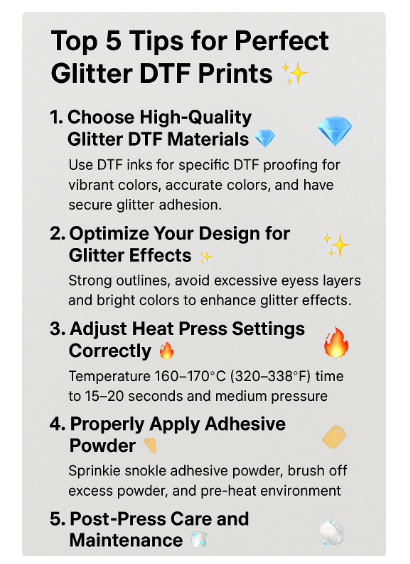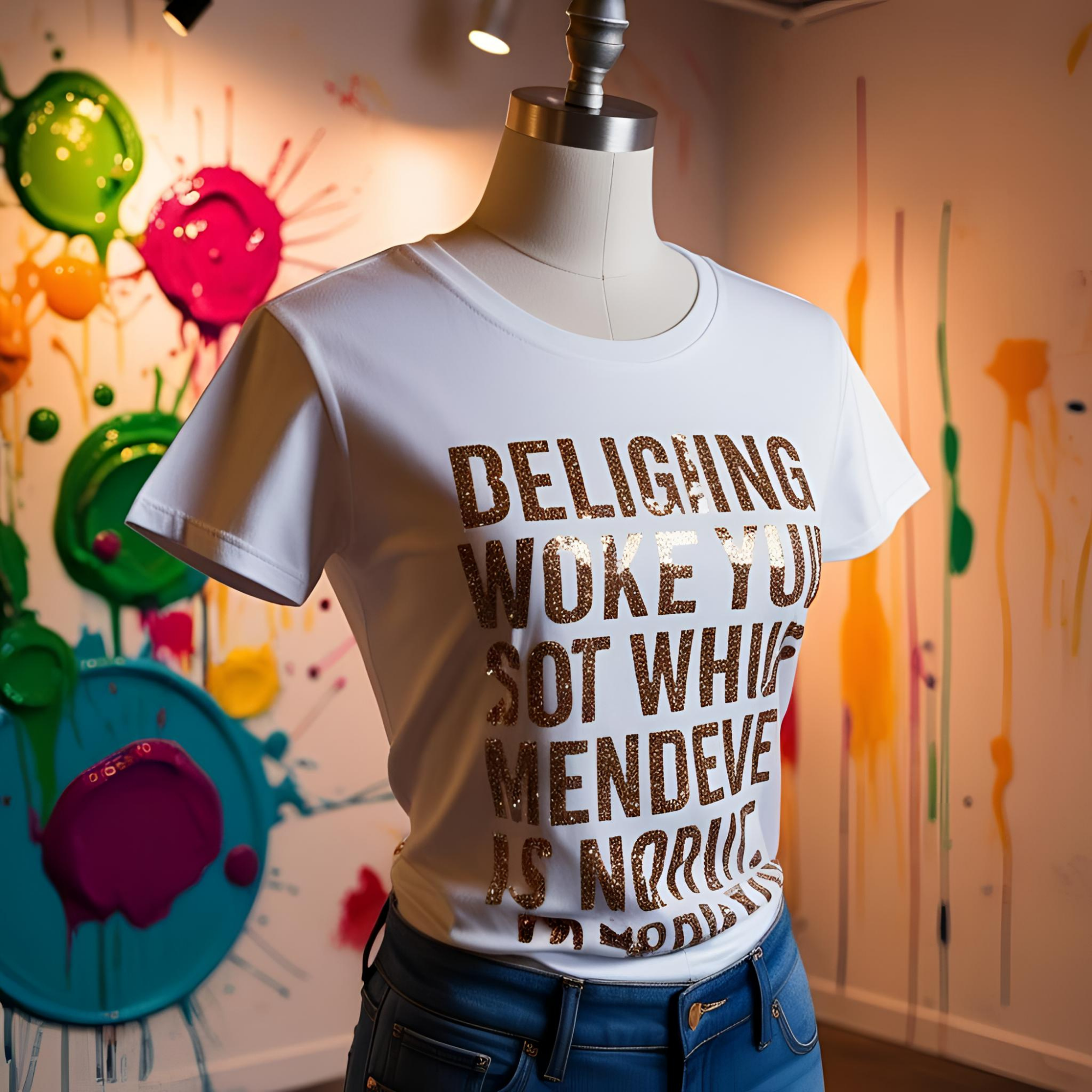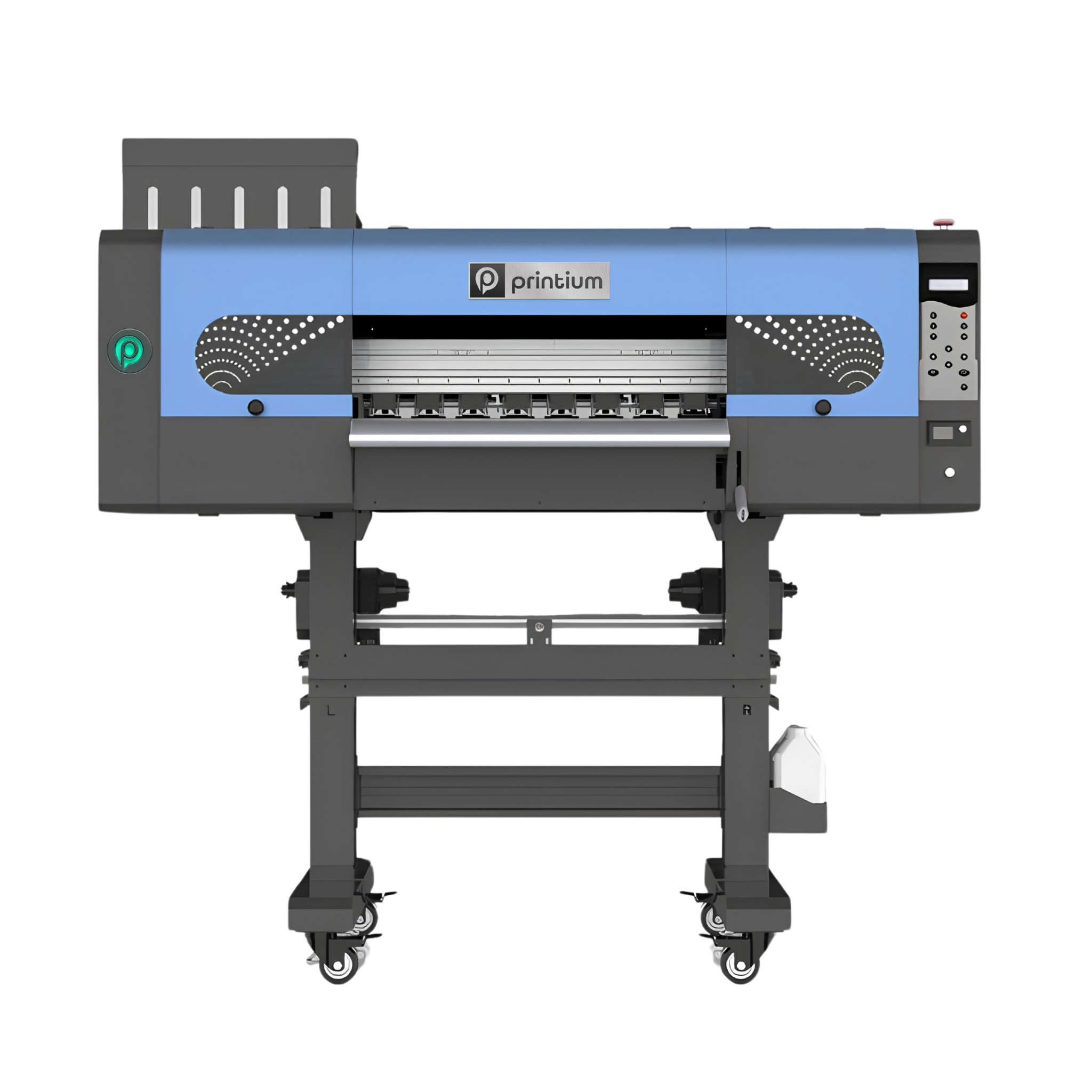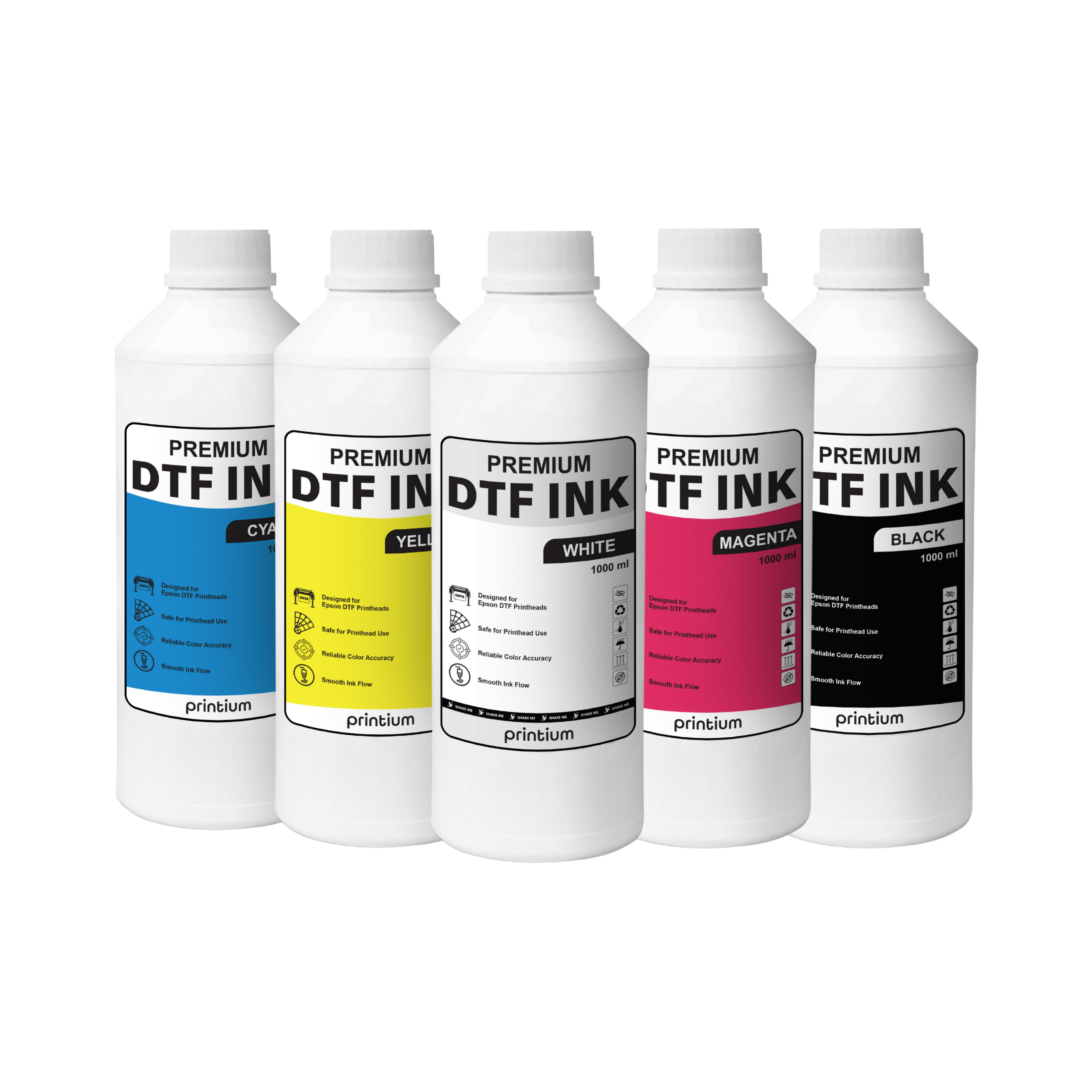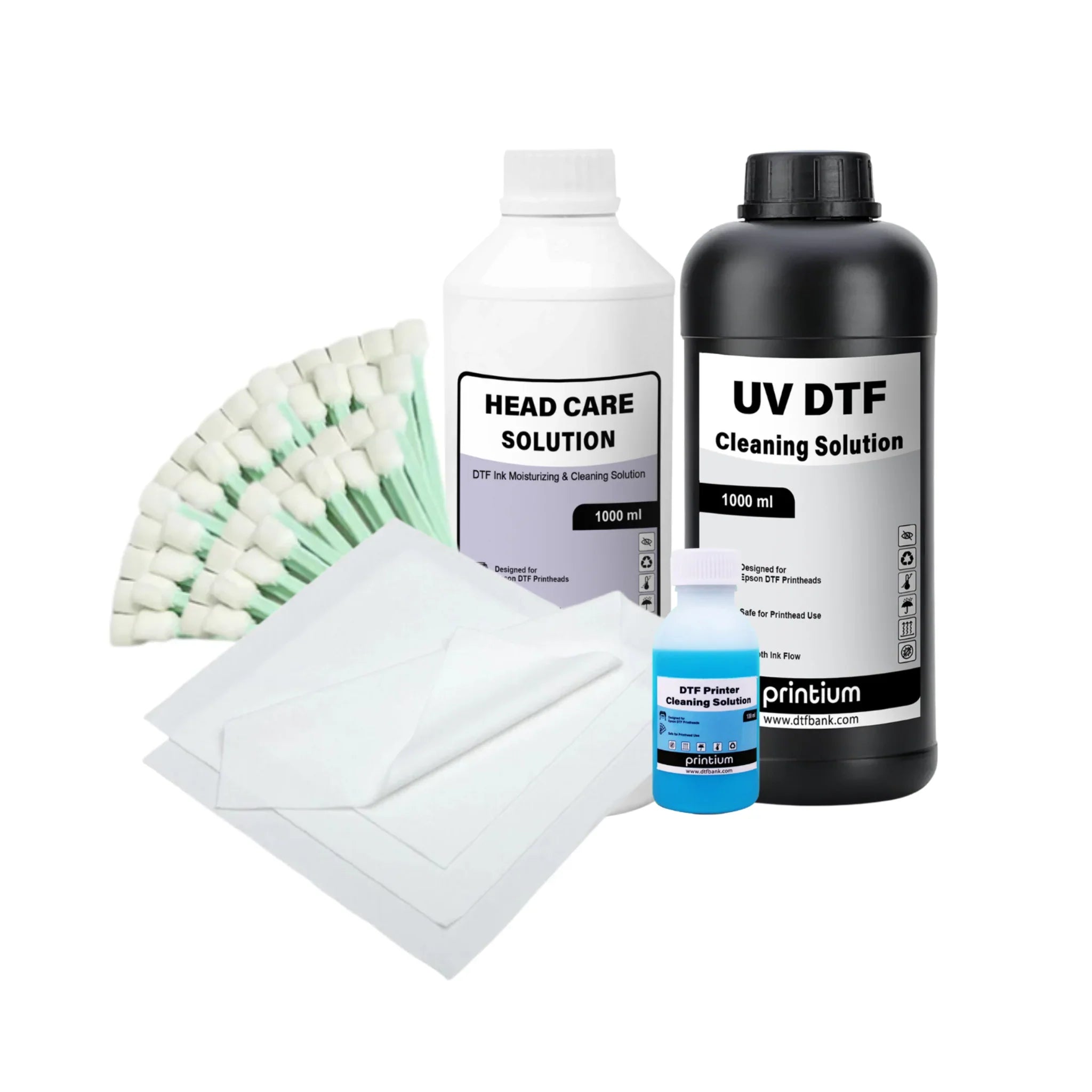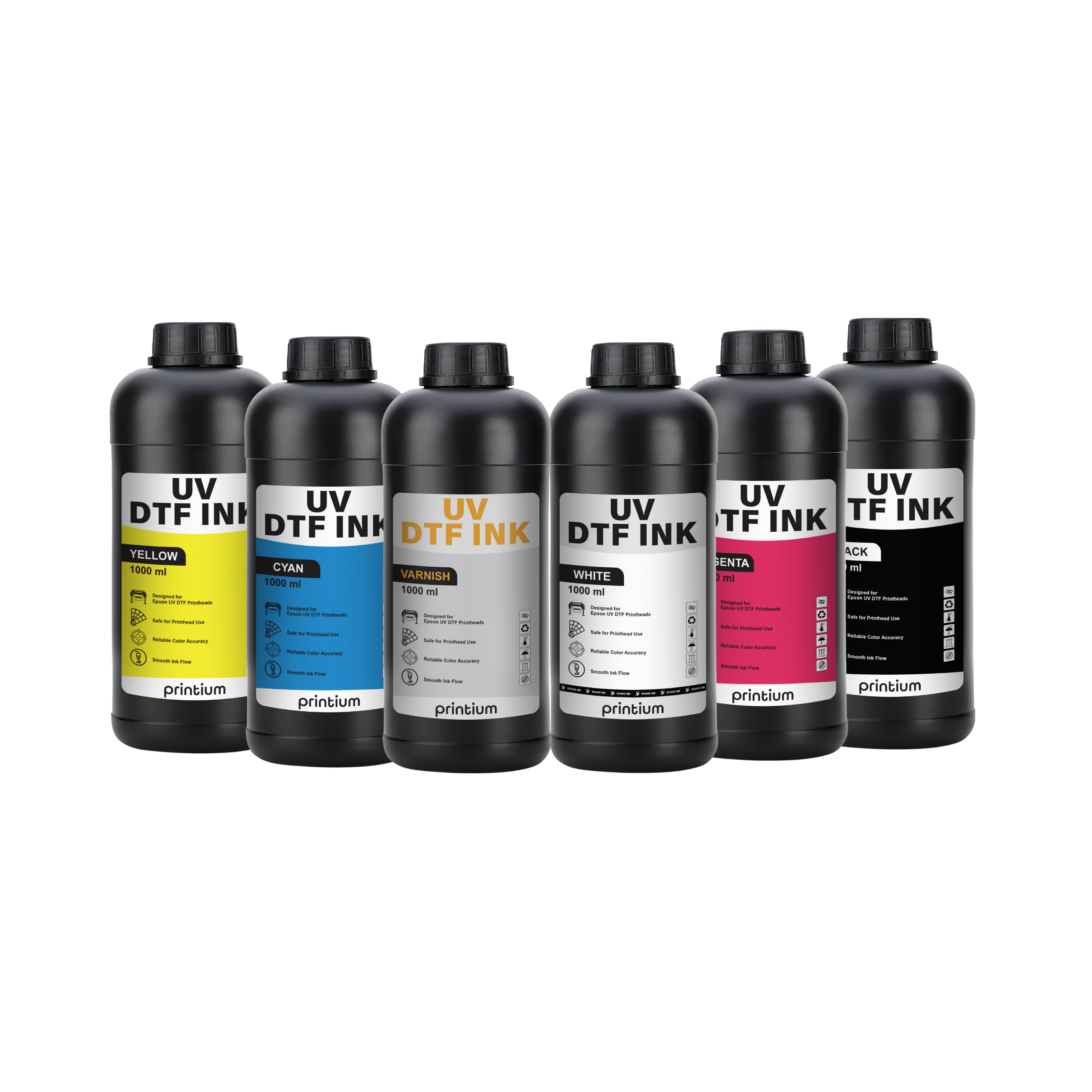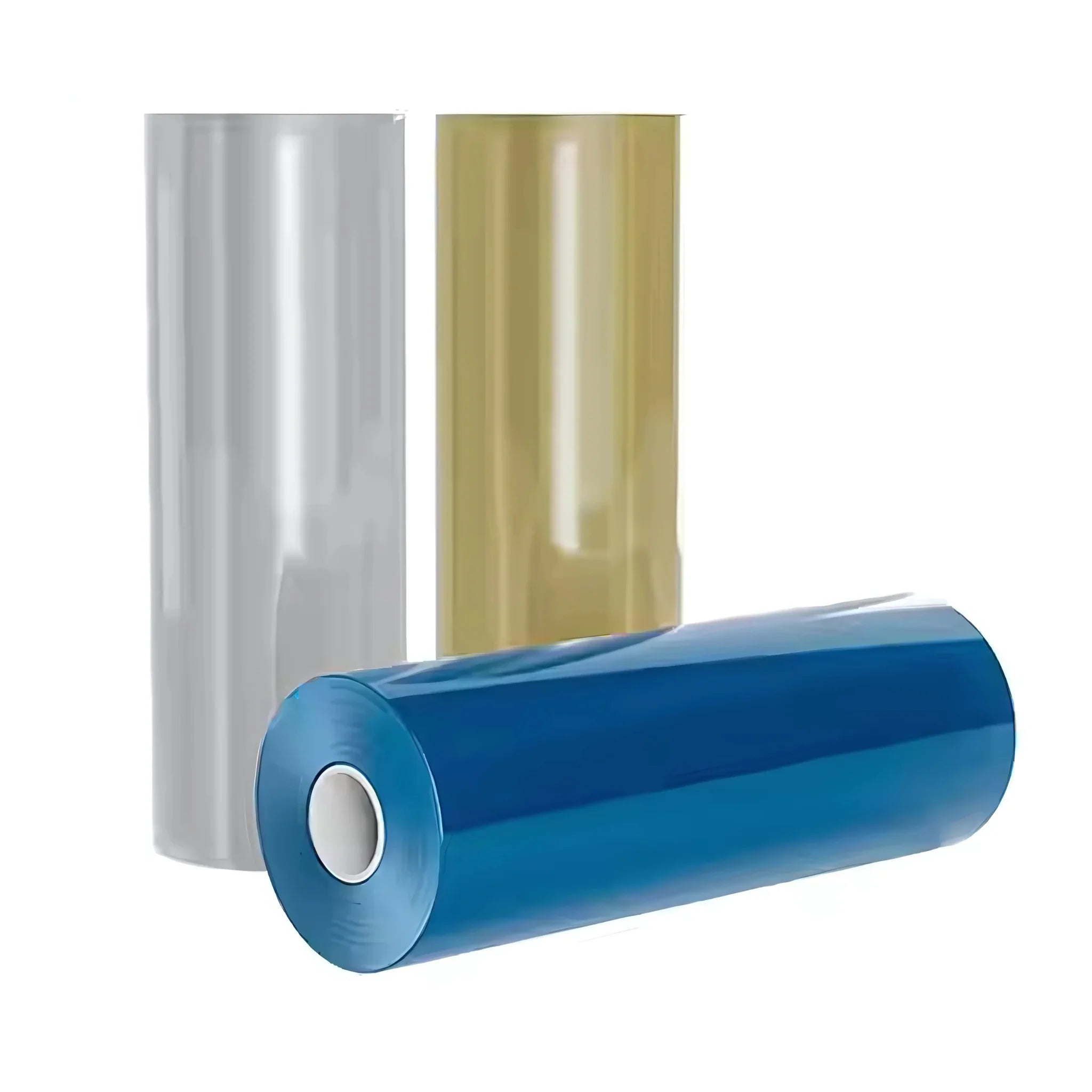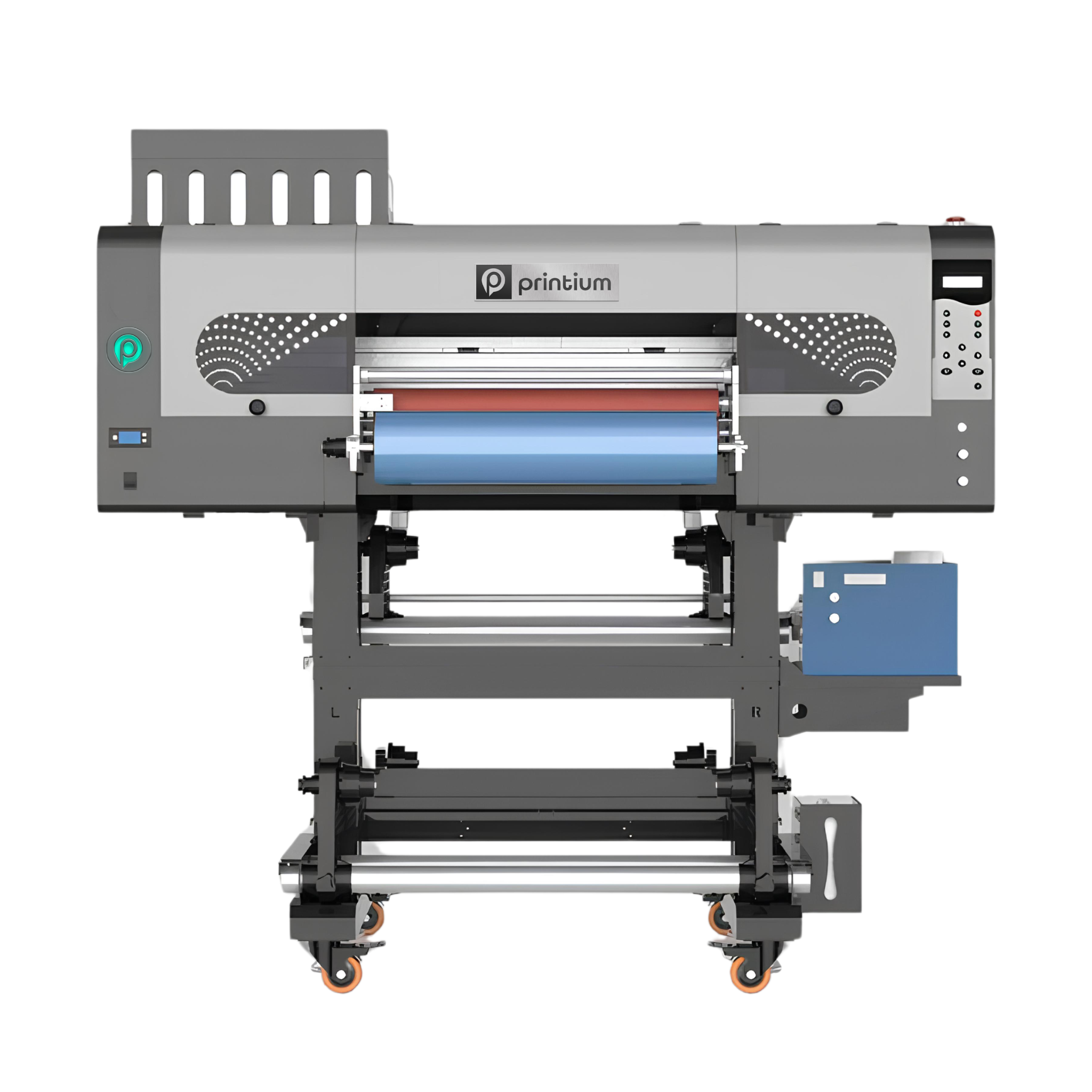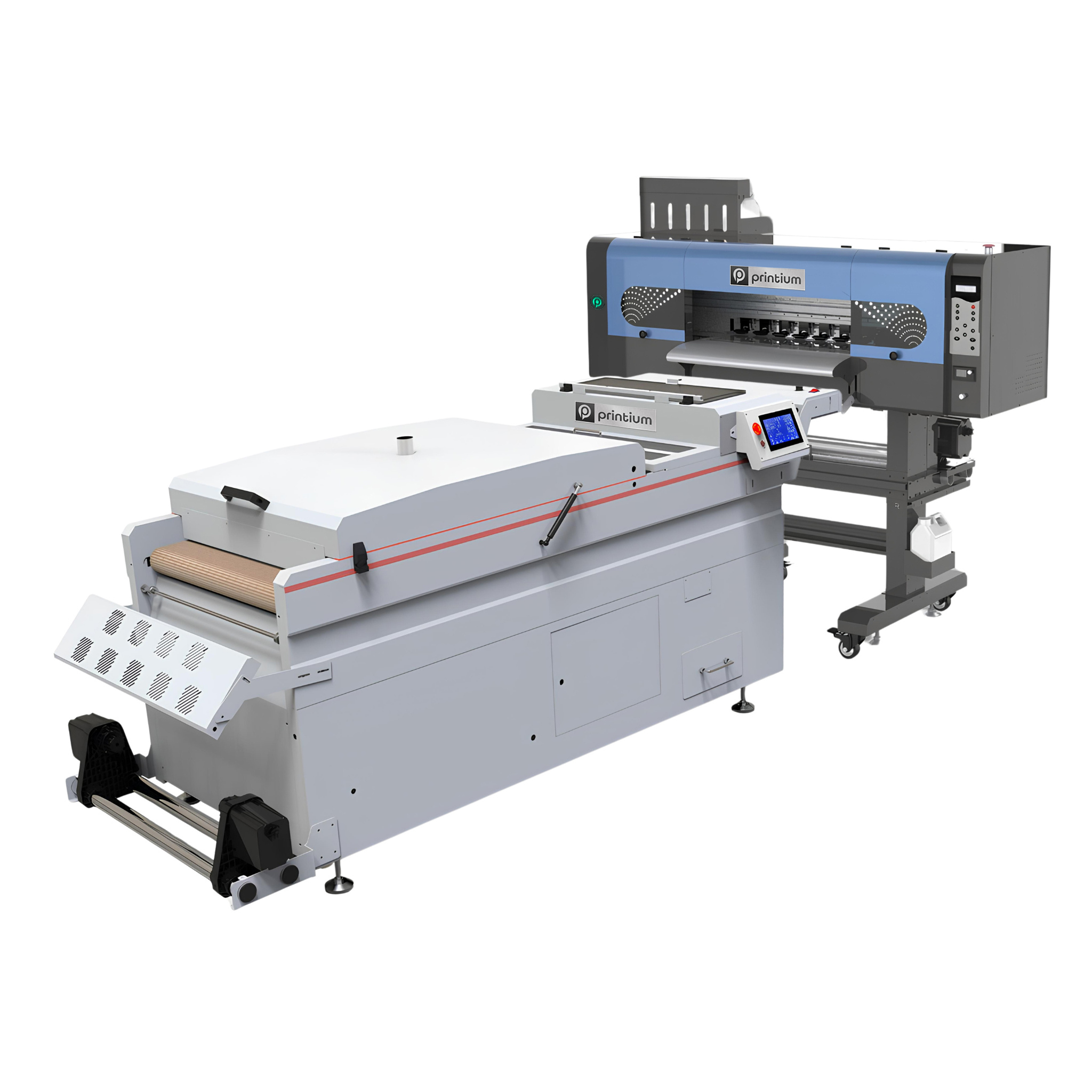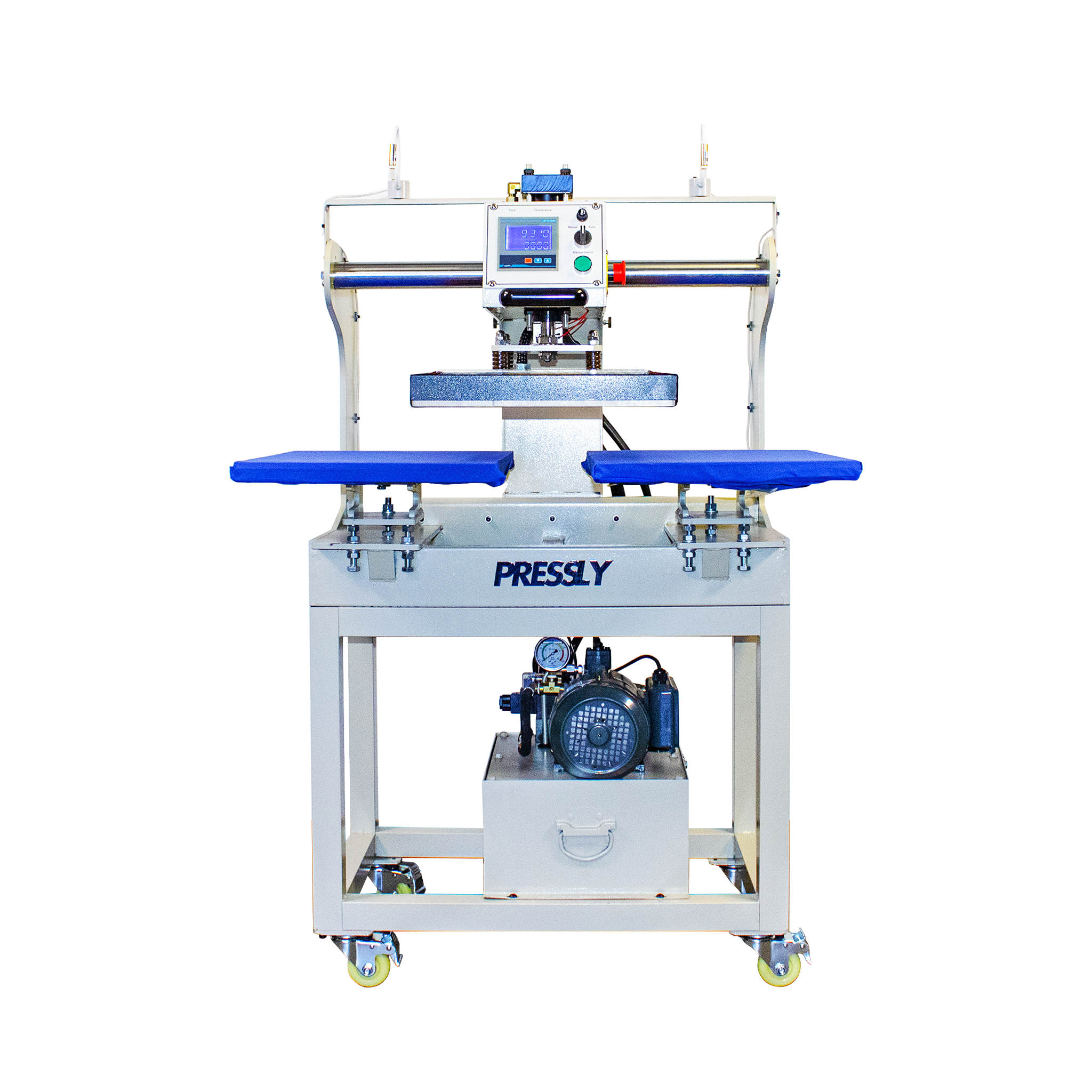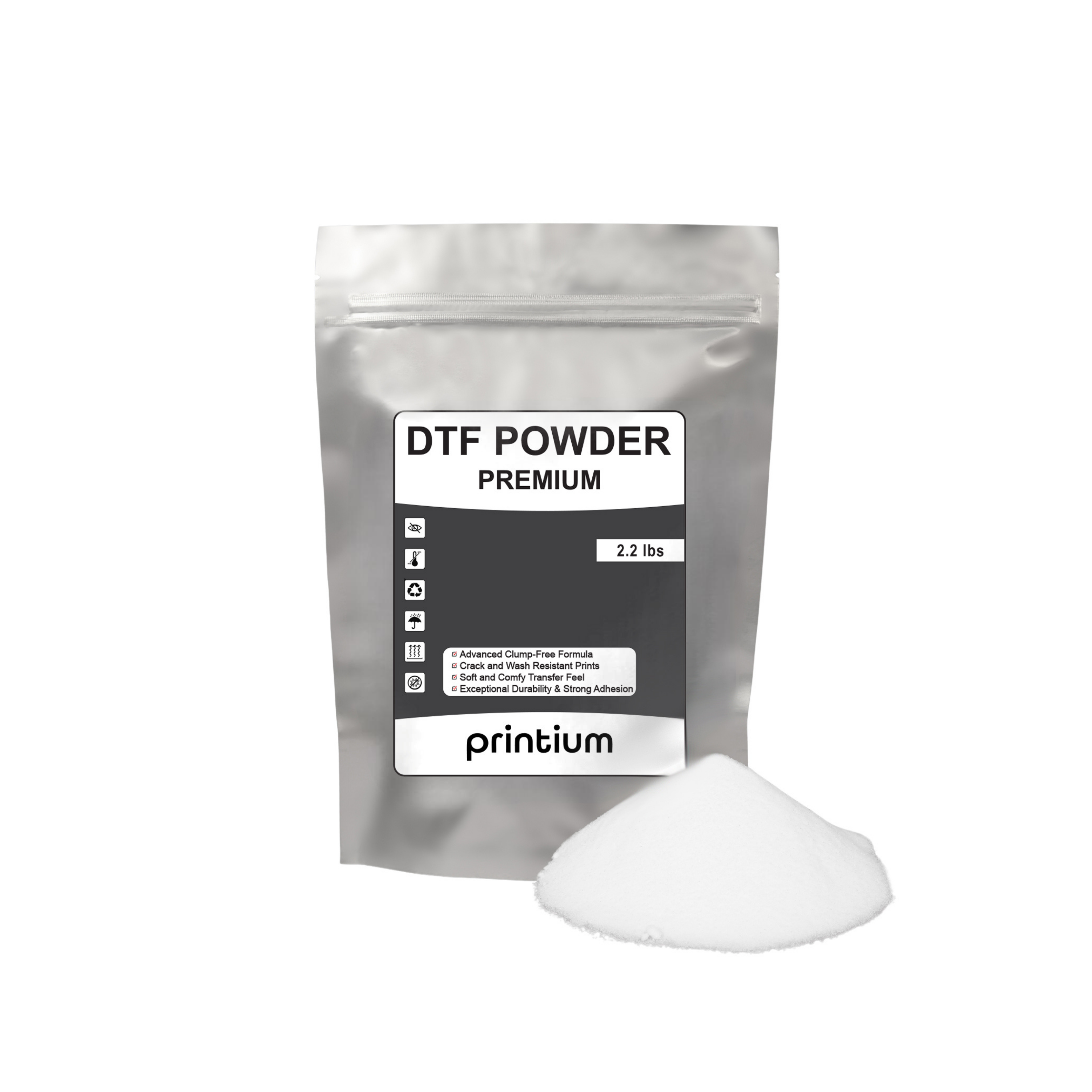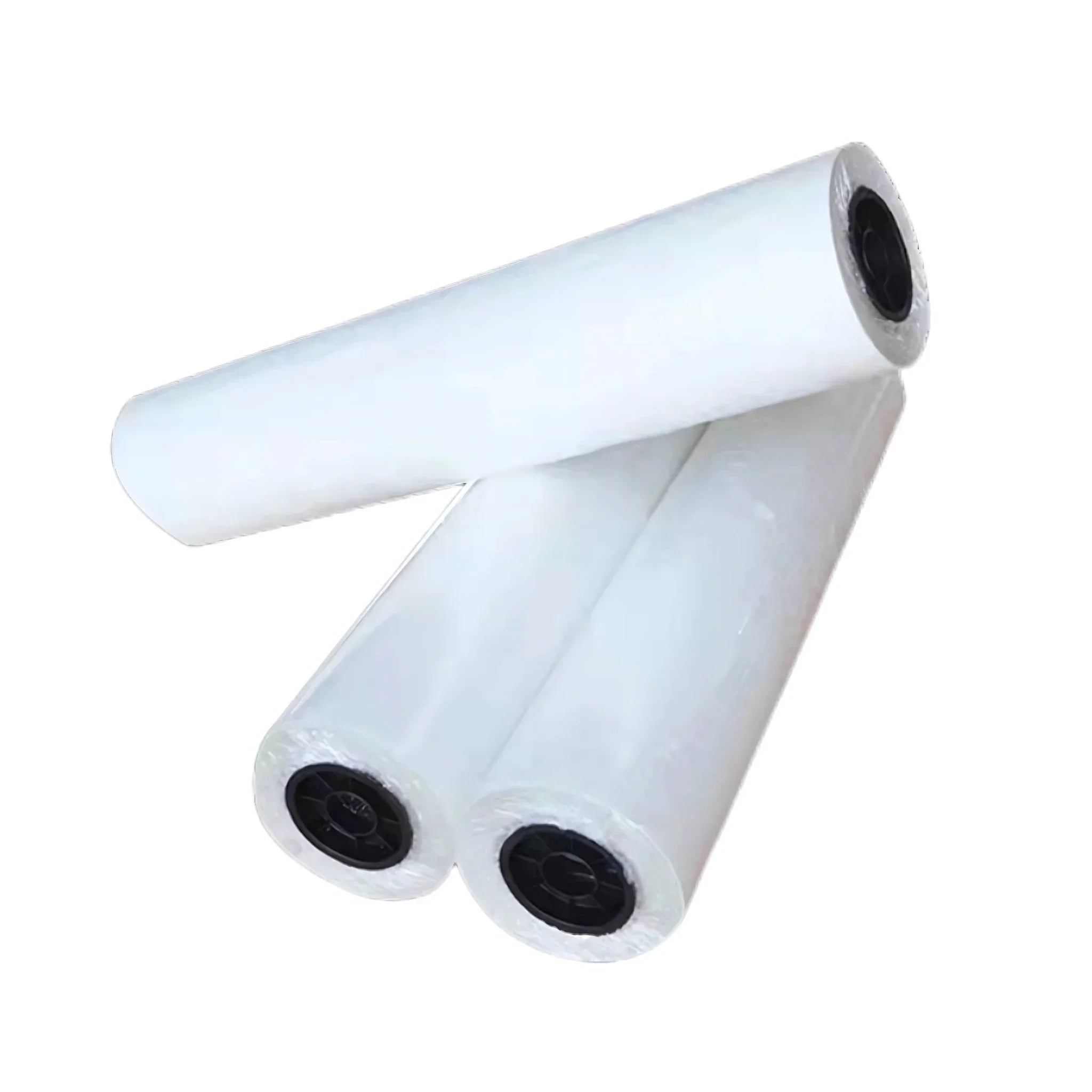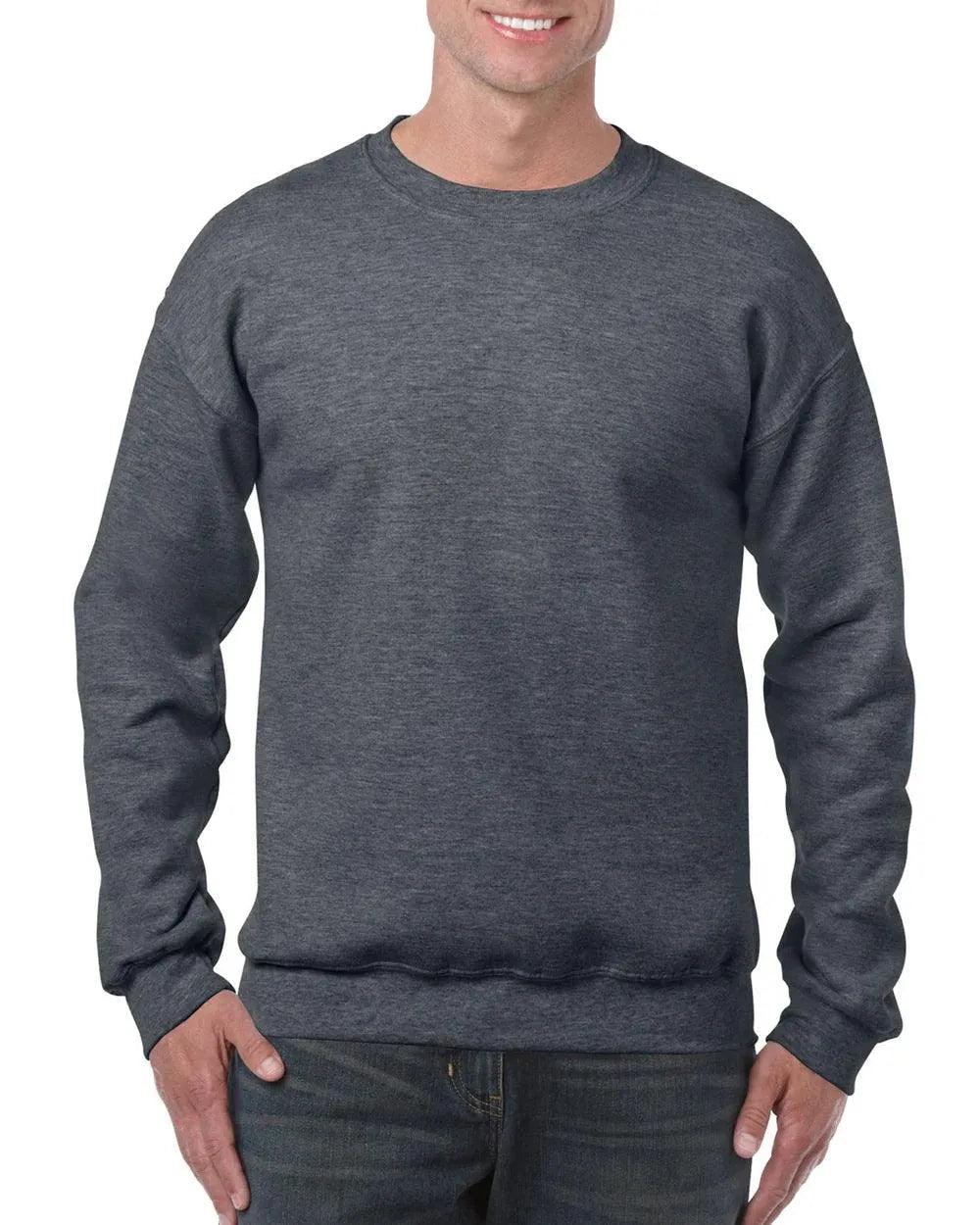
Beginner’s Guide to DTF Printing: What You Need to Know Before You Start
If you're new to the world of digital printing, DTF (Direct to Film) printing might seem overwhelming at first. However, this innovative method is rapidly changing how custom apparel is produced. Whether you're starting a printing business or just exploring new methods, this guide will walk you through everything you need to know before diving into DTF printing.
What is DTF Printing?
Direct to Film (DTF) printing is a process that allows you to print designs onto a special film and then transfer them onto textiles using heat and pressure. Unlike traditional methods like screen printing or DTG (Direct to Garment), DTF is more versatile and can be used on a wide range of fabrics, including cotton, polyester, blends, and more.
How Does DTF Printing Work?
The DTF process is straightforward, but it requires specific equipment and materials:
-
DTF Printer – A specialized inkjet printer equipped with textile pigment inks.
-
PET Film – A clear, heat-resistant film used to hold the printed design.
-
DTF Inks – Water-based pigment inks including CMYK and white.
-
Adhesive Powder – This powder is applied to the wet ink to allow the transfer.
-
Curing Oven or Heat Press – Used to melt the adhesive powder and transfer the design to fabric.
Step-by-Step Process:
-
Print your design onto PET film using the DTF printer.
-
Apply the adhesive powder evenly.
-
Cure the powder using an oven or heat press.
-
Position the film on your garment.
-
Press with heat and peel the film once it cools.
Benefits of DTF Printing
-
✨ Versatility: Works on cotton, polyester, blends, and dark fabrics.
-
✅ Durability: Long-lasting prints with excellent wash resistance.
-
⏳ Efficiency: No pre-treatment required unlike DTG.
-
🪙 Vibrant Colors: Produces sharp, colorful images with excellent detail.
-
💸 Cost-effective for Small Runs: Perfect for low-quantity custom orders.
Essential Equipment and Supplies for Successful Printing
Before you begin your printing journey, having the right tools and materials is crucial to achieving consistent and high-quality results. Your equipment lineup will largely determine how smooth and efficient your workflow becomes.
First, you need a specialized printer designed to work with textile inks. Many users prefer models originally designed for photo printing and then adapted for textile applications due to their precision and reliability.
Next, selecting the right inks is vital. Use high-quality, pigment-based inks formulated specifically for fabric printing. This ensures vivid colors, strong adhesion, and long-lasting durability.
Film plays a major role in the transfer process. Opt for premium rolls made from durable, heat-resistant material that won’t attract static electricity. This prevents smudging and ensures clean prints every time.
The adhesive powder you apply must be finely milled and consistent in quality. A smooth powder coating helps the design stick perfectly to the fabric, enhancing wash resistance and print longevity.
Finally, controlling temperature and pressure during the transfer stage is essential. Invest in a reliable heat press or curing oven with accurate controls. This equipment ensures the adhesive melts and bonds correctly without damaging the fabric or print.
Pro tip: Sourcing your supplies from reputable distributors guarantees consistency in your production and minimizes unexpected issues.
Common Pitfalls and How to Avoid Them
Many beginners face challenges that can be easily avoided with proper care and attention.
Neglecting routine maintenance is one of the top causes of print failures. Regular cleaning of printer heads and mechanical parts prevents clogging and uneven ink flow.
Using subpar films or low-quality inks often leads to problems like peeling prints or faded colors after washing. Always choose materials from trusted brands to avoid these issues.
Incorrect temperature or pressure settings during curing can ruin your prints. Following manufacturer guidelines closely helps maintain print integrity and fabric safety.
Lastly, never skip test runs. Running small sample prints before full production helps identify problems early, saving time and materials.
Final Thoughts
This printing method offers an exciting opportunity for entrepreneurs and hobbyists alike. It provides vibrant, durable results across various fabric types, with fewer limitations than some older methods.
By investing in the right equipment, supplies, and care routines, you set yourself up for success. Whether you’re printing on cotton, polyester, or blends, attention to detail makes all the difference.
If you’re ready to start, be sure to explore trusted suppliers who specialize in providing everything needed to keep your workflow smooth and your products top-notch.
With the right preparation and ongoing care, you’ll create professional-quality custom designs that stand the test of time.
